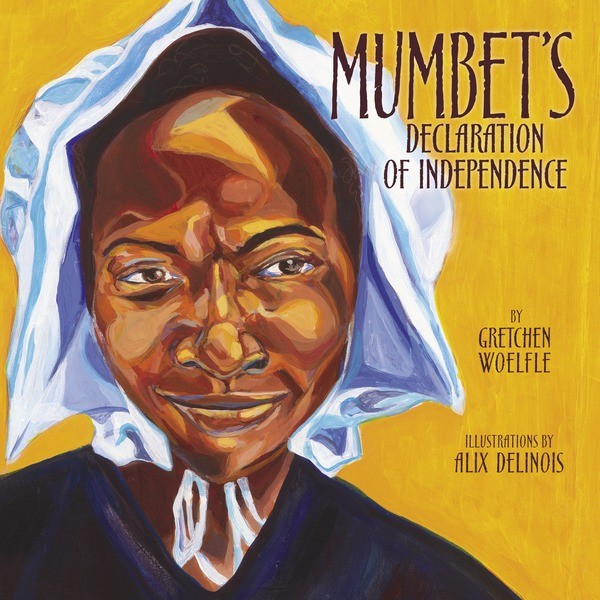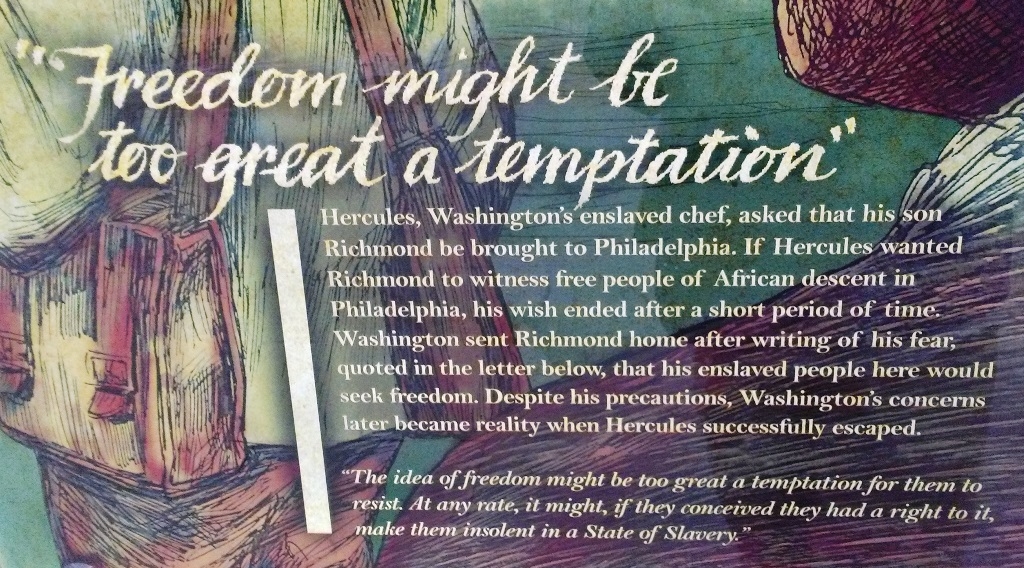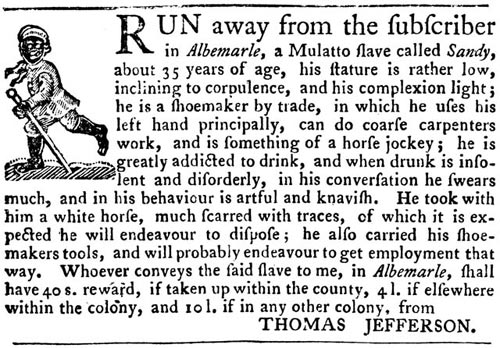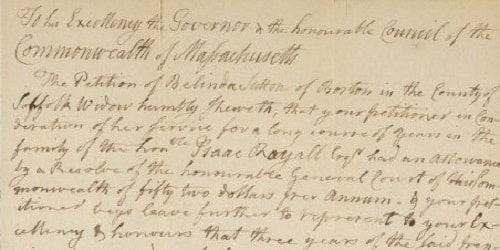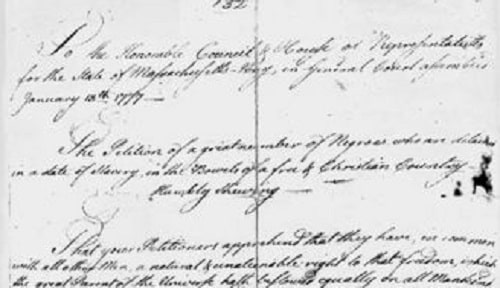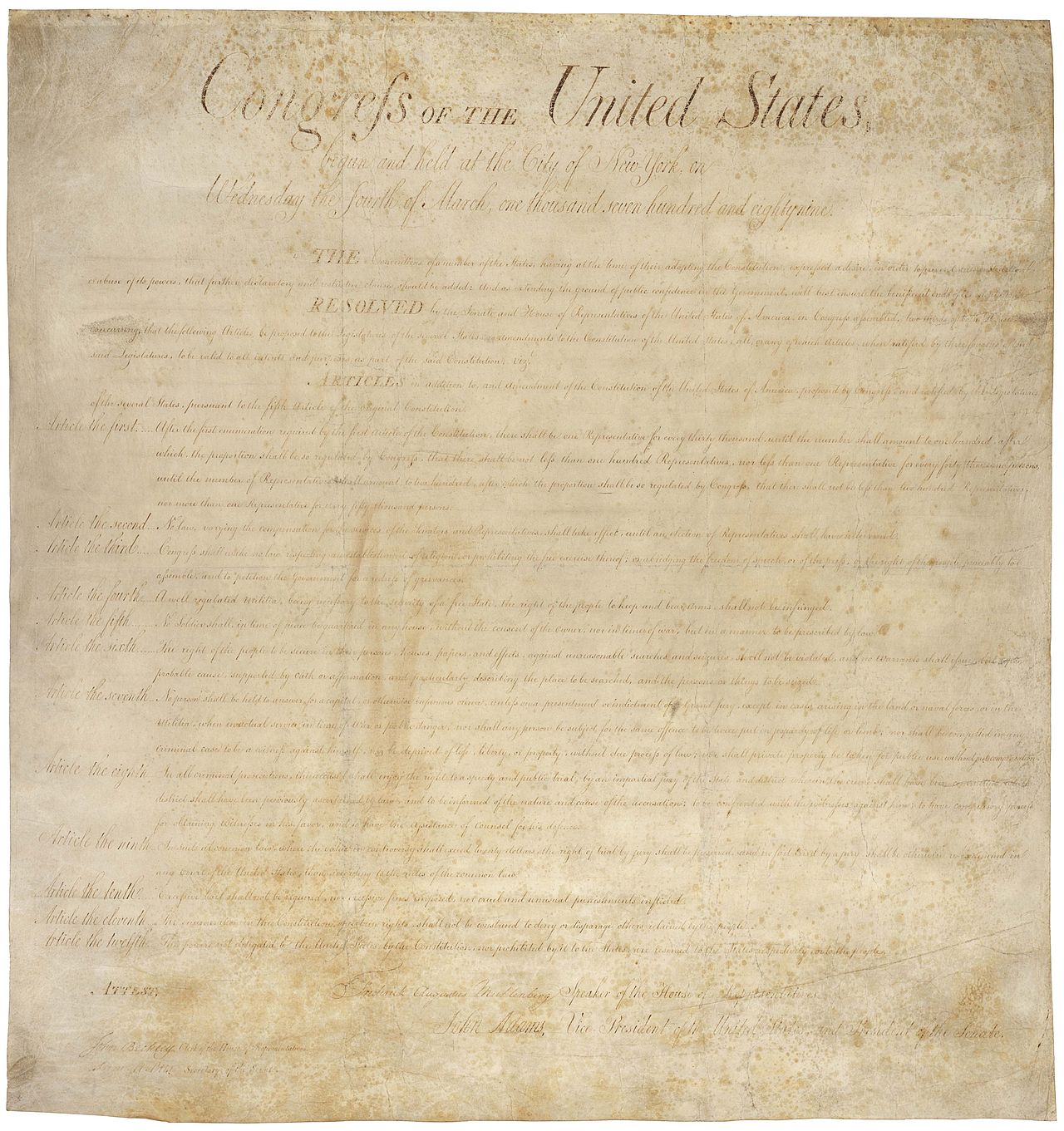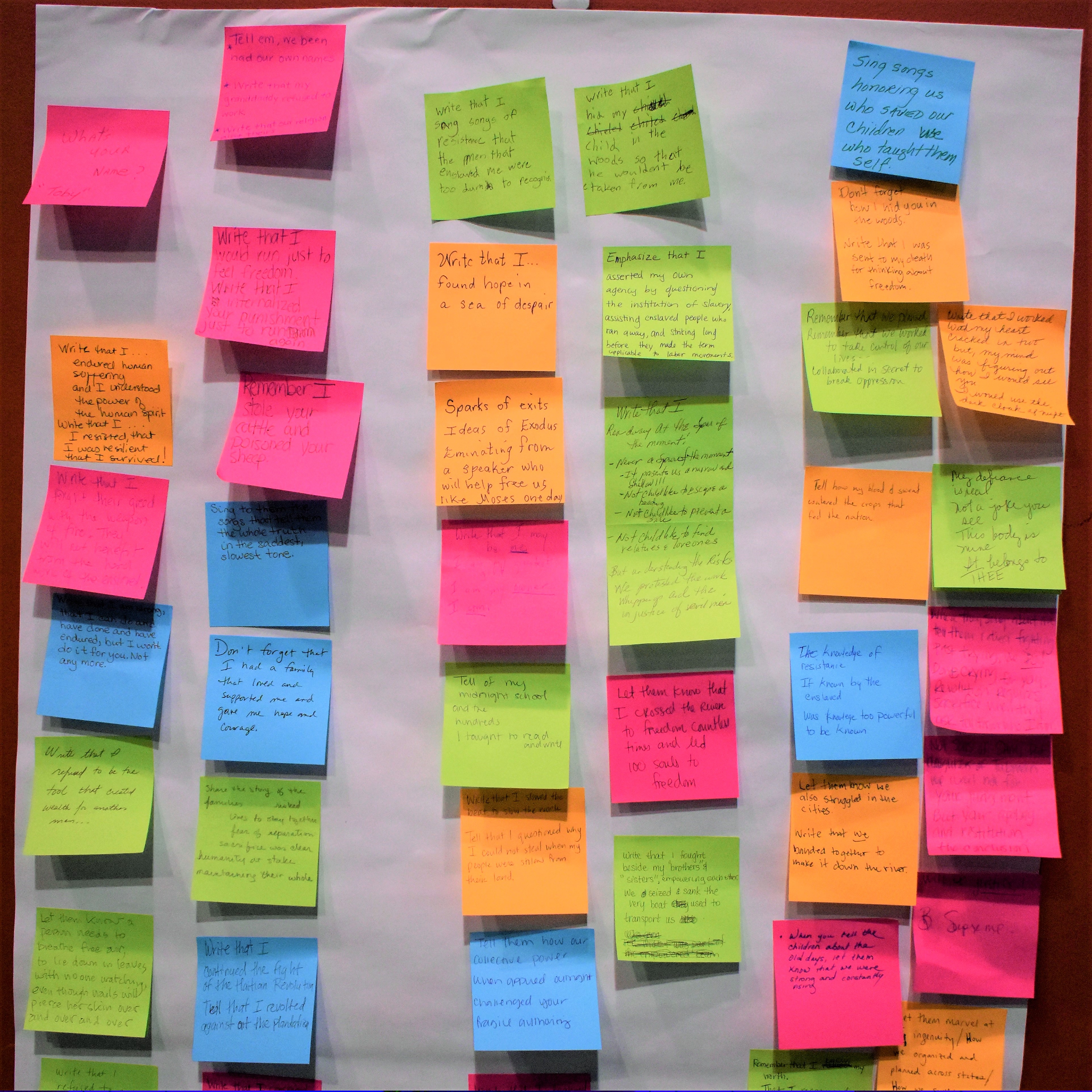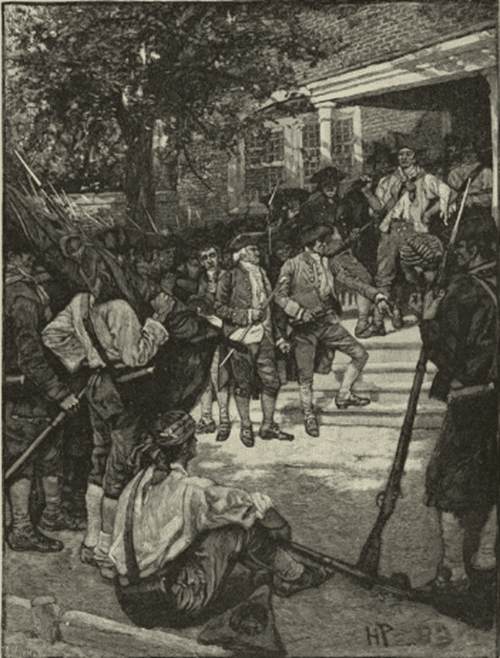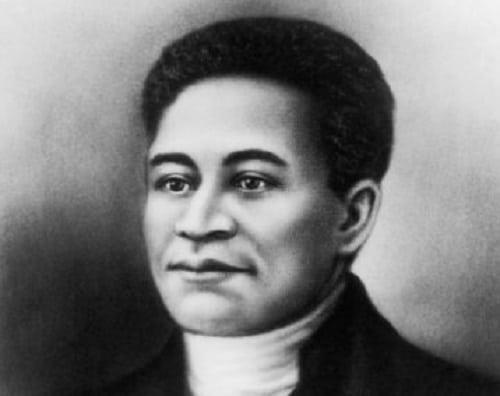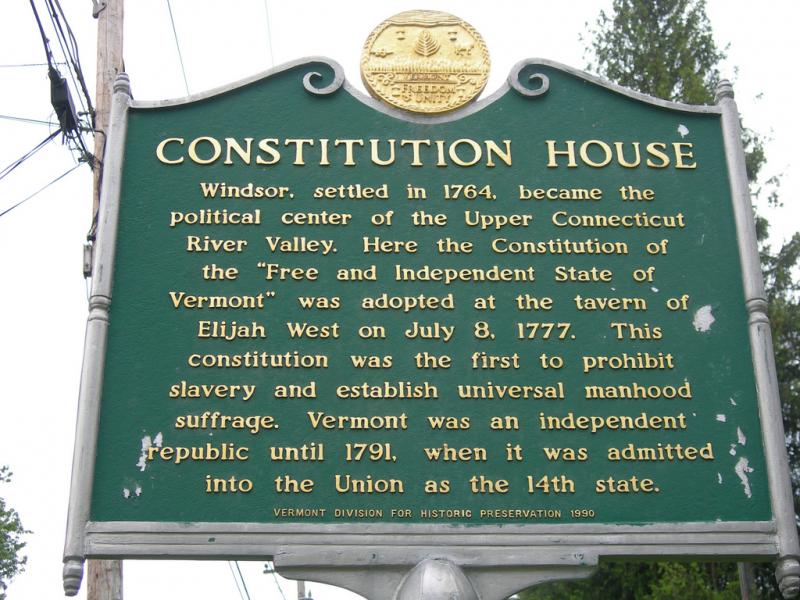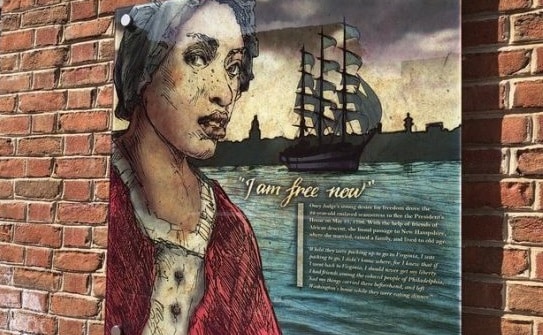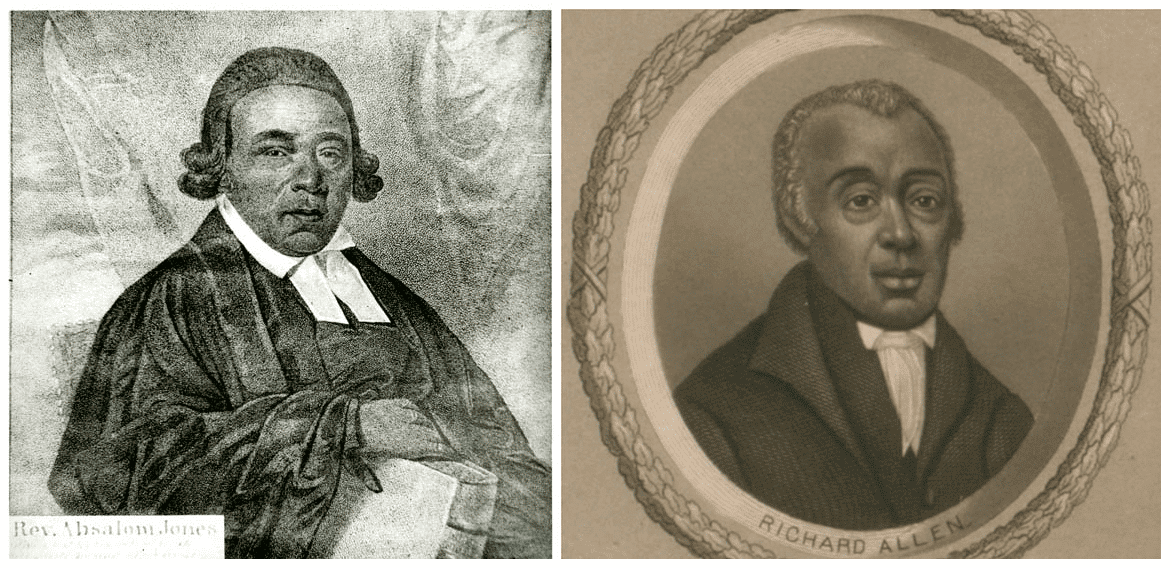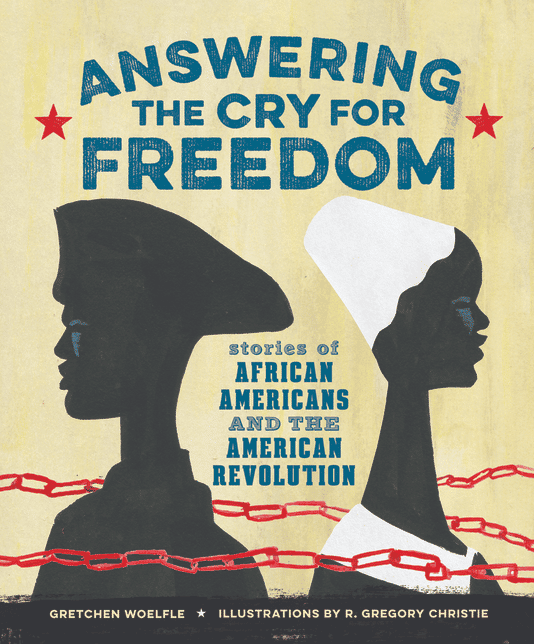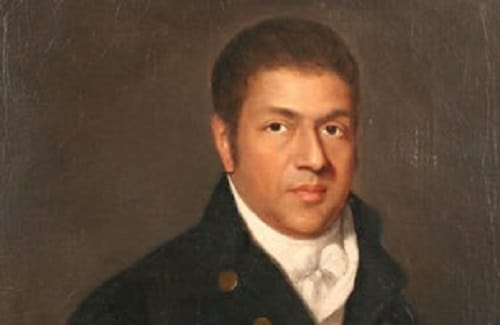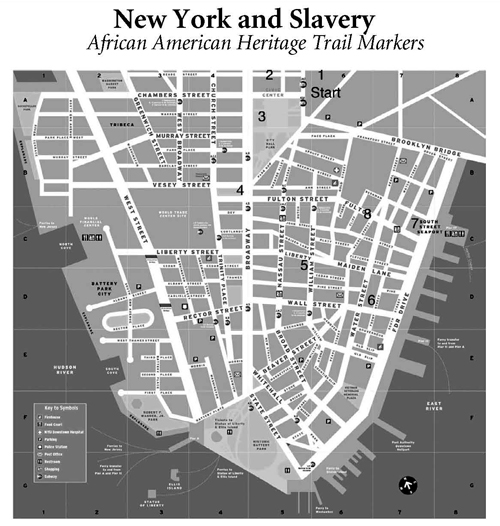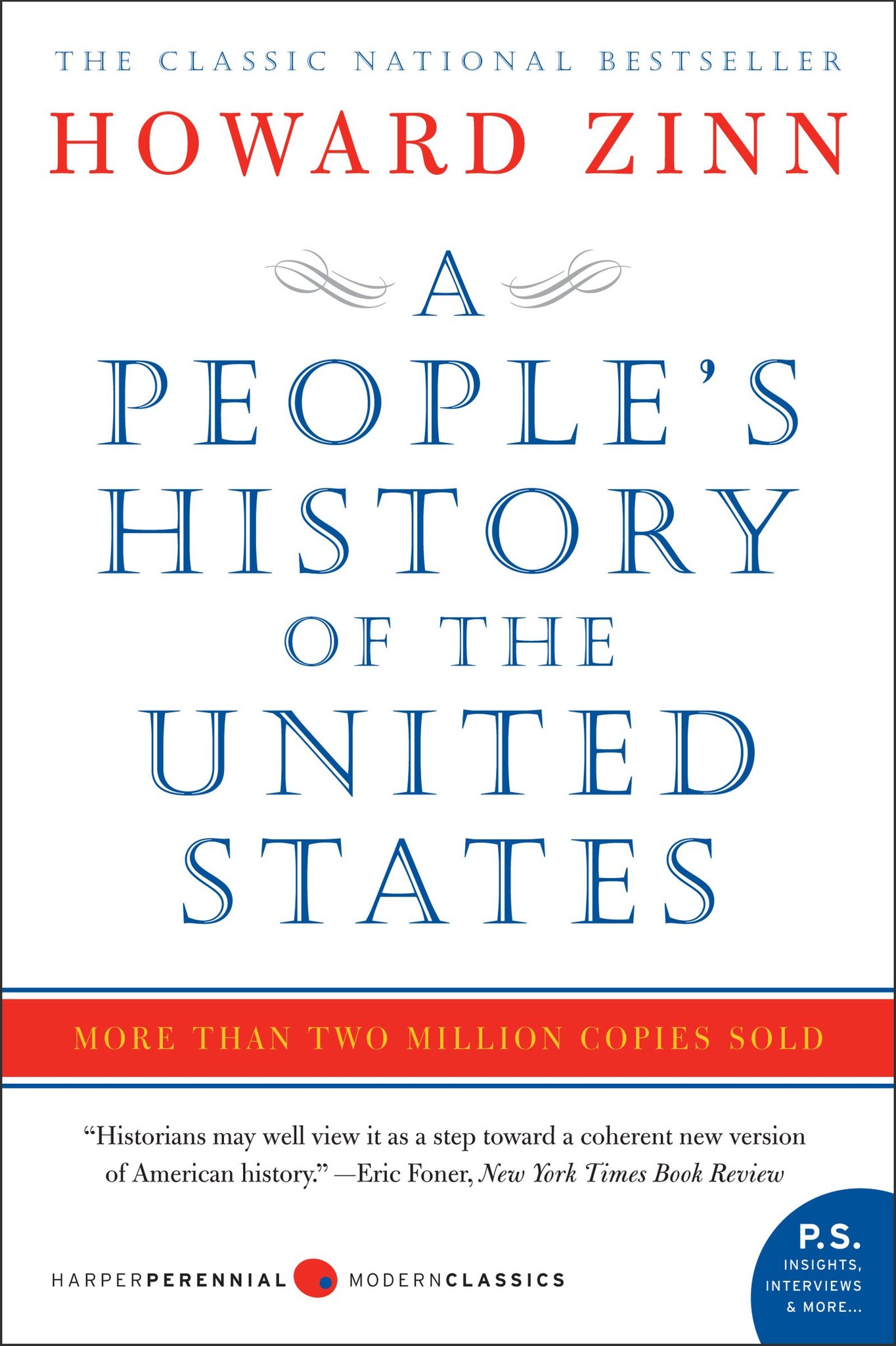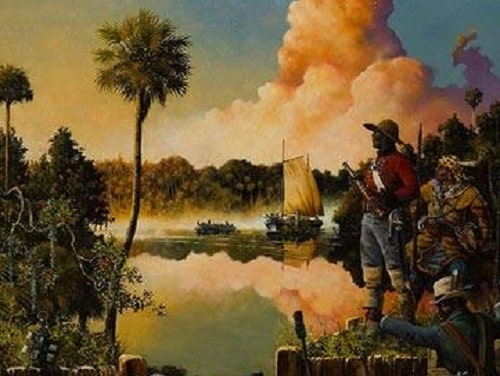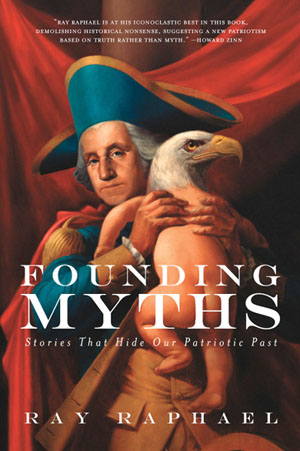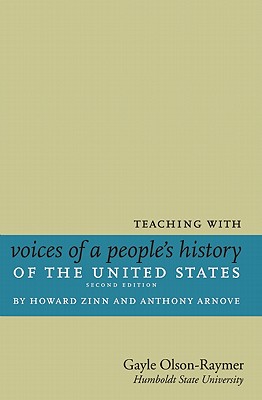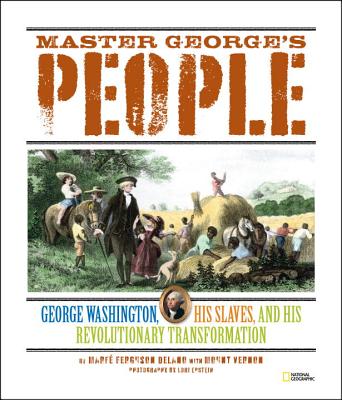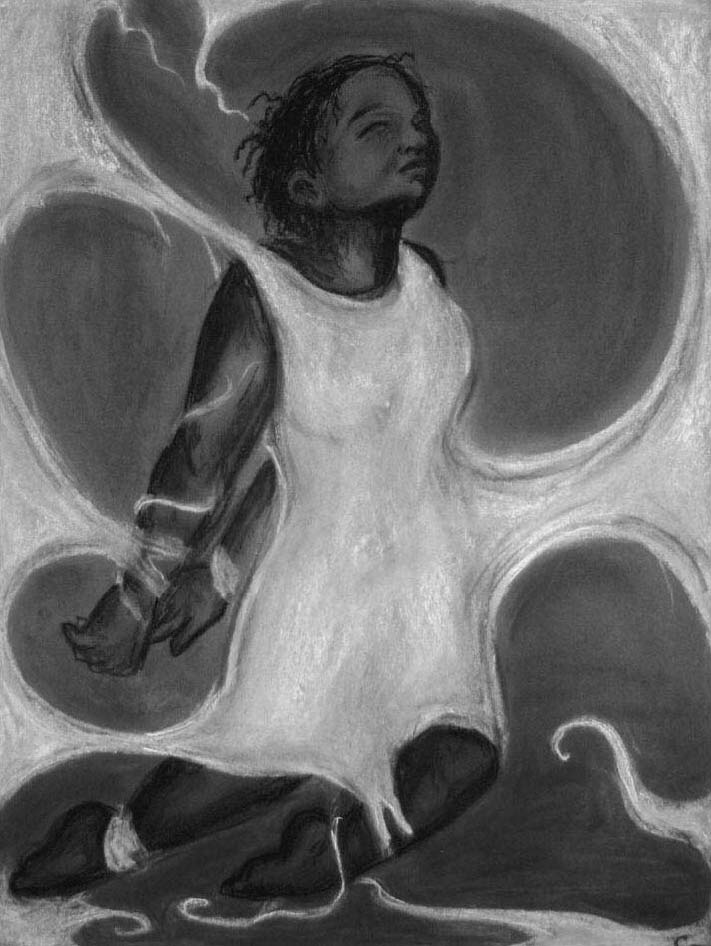Picture book. By Gretchen Woelfle. Illustrated by Alix Delinois. 2014. 32 pages.
Picture book about true story of Elizabeth Freeman, a woman who challenged the legality of her enslavement.
Continue reading
Hercules, the head cook at George Washington’s Mount Vernon estate and slave labor camp, escaped to freedom in Pennsylvania.
Continue reading
Digital collection. Crowdsourcing project that provides access to information, through thousands of print advertisements, about freedom-seekers and their would-be enslavers in the 18th and 19th centuries.
Continue reading
Belinda Sutton petitioned the Massachusetts legislature for a pension as reparations for the wealth she produced and was stolen from her while she was enslaved.
Continue reading
A group of African Americans presented a petition for freedom to the Massachusetts Council and the House of Representatives.
Continue reading
The first ten amendments to the U.S. Constitution, known as the United States Bill of Rights, were ratified.
Continue reading
Teaching Activity. By Adam Sanchez.
Through a mixer activity, students encounter how enslaved people resisted the brutal exploitation of slavery. The lesson culminates in a collective class poem highlighting the defiance of the enslaved.
Continue reading
Elizabeth Mumbet Freeman won her freedom after she got an attorney and filed a “freedom suit” under the 1780 State Constitution for Massachusetts.
Continue reading
Massachusetts farmers arm themselves and rebel against taxation under the Articles of Confederation.
Continue reading
Crispus Attucks was the first person shot to death by the British during the Boston Massacre.
Continue reading
Digital collection.
Through this website, over 130,000 voyages made in the Trans-Atlantic and Intra-American slave trade can be searched, filtered, and sorted by variables including the port of origin, the number of enslaved Africans on board, and the ship's name.
Continue reading
Ona Judge escaped enslavement by U.S. President George Washington.
Continue reading
The Free African Society was a benevolent organization grounded in Christian religious faith and operating outside denominational differences to serve the social needs of Black Philadelphians.
Continue reading
Book — Non-fiction. By Gretchen Woelfle. Illustrated by R. Gregory Christie. 2016. 238 pages.
Profiles of African American, free and enslaved, during the American Revolution for upper elementary to middle school.
Continue reading
Paul Cuffee and other free Blacks petitioned the Massachusetts government to give African and Native Americans the right to vote.
Continue reading
Teaching Activity. By Alan J. Singer. Rethinking Schools. 7 pages.
How a teacher and his students organized a tour of the hidden history of slavery in New York.
Continue reading
Book — Non-fiction. By Howard Zinn. 2005, with a new introduction by Anthony Arnove in 2015. 784 pages.
Howard Zinn's groundbreaking work on U.S. history. This book details lives and facts rarely included in textbooks—an indispensable teacher and student resource.
Continue reading
Background Reading. By Ray Raphael. 7 pages.
Based on his book Founding Myths, Raphael critiques the textbook portrayal of the American Revolution. The textbooks say that "a few special people forged American freedom" which "misrepresents, and even contradicts, the spirit of the American Revolution."
Continue reading
Teaching Activity. By Bill Bigelow. 6 pages.
A lesson on the countless colonial laws enacted to create division and inequality based on race. This helps students understand the origins of racism in the United States and who benefits.
Continue reading
Book — Non-fiction. By Ray Raphael. 2014. 420 pages.
Myths and the reasons that they have come to replace the real stories of the Revolutionary period.
Continue reading
Teaching Activity. By Gayle Olsen-Raymer. 15 pages.
Questions and teaching ideas for Chapter 3 of Voices of a People's History of the United States on the role and dissent of indentured servants in American colonial history.
Continue reading
Teaching Activity. By Gayle Olson-Raymer. 16 pages.
Questions and teaching ideas for Chapter 5 of Voices of a People's History of the United States on the Revolutionary War as "a rich man's war and a poor man's fight," as well as the failure of early Americans to complete a full revolution.
Continue reading
Article. By Clarence Lusane. 2014.
Critical review of an upper elementary non-fiction book about George Washington and the people he kept in bondage.
Continue reading
Teaching Activity. By Thom Thacker and Michael A. Lord. Rethinking Schools. 4 pages.
An art contest is used as the basis from which students can examine primary historical documents (advertisements for runaway slaves) to gain a deeper understanding of the institution of slavery in the North.
Continue reading

